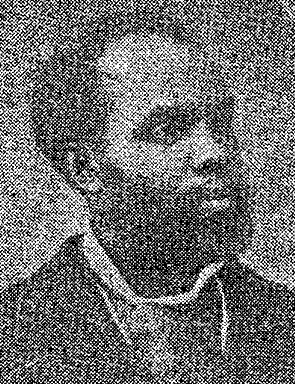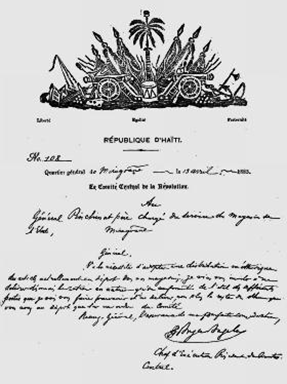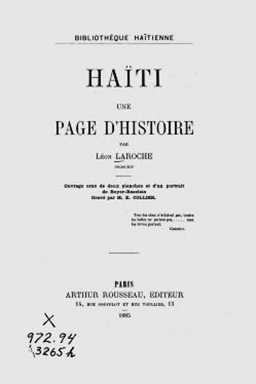"La Semaine Sanglante" by the Island Luminous Editorial Board
The insurrection continued into September, when the rebels in Miragoâne wounded Salomon’s Minister of War, Henri Piquant. Upon news of Piquant’s death, Salomon retaliated many times over. In Port-au-Prince, he allowed commoners to take-up arms and persecute rebel sympathizers. The merchant elites were outspoken supporters of Bazelais and thus were attacked. Salomon’s supporters destroyed and looted the Grand Rue. They chased anyone who looked like a Bazelais partisan, especially mulattos, and killed over three thousand people.
"The Bloody Week," as it came to be called, would debilitate trade and undermine Salomon’s work to improve the country. It decimated the Haitian merchant houses and cleared the way for Syrians and Germans would came to Haiti to partake in commerce. Also the violence exacerbated divisions between blacks and mulattos. Many years later, a young François Duvalier would say that Bazelais and the mulattos provoked Salomon to undermine his progressive black dictatorship.



Later that year, Bazelais died in the battle at Miragoâne. The liberals surrendered. And Salomon chased them north to Petit-Goâve. His navy bombarded Jérémie and Jacmel, which soon capitulated, as well. By January, the Liberal Insurrection was over. The spirited optimism that prevailed when Salomon came to power, however, was dead. would say that Bazelais and the mulattos provoked Salomon to undermine his progressive black dictatorship.
Later that year, Bazelais died in the battle at Miragoâne. The liberals surrendered. And Salomon chased them north to Petit-Goâve. His navy bombarded Jérémie and Jacmel, which soon capitulated, as well. By January, the Liberal Insurrection was over. The spirited optimism that prevailed when Salomon came to power, however, was dead.